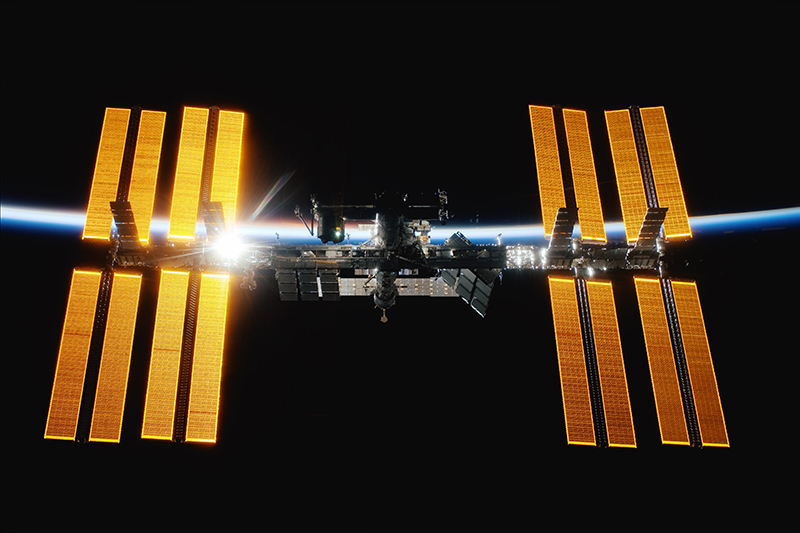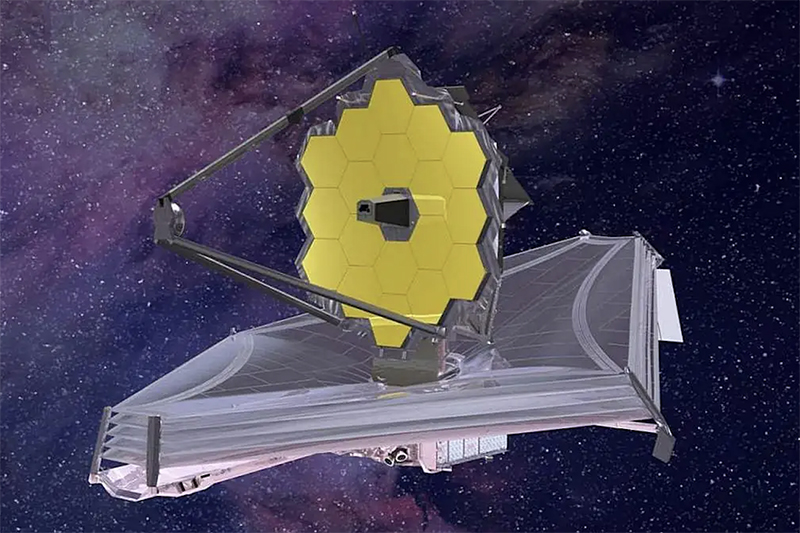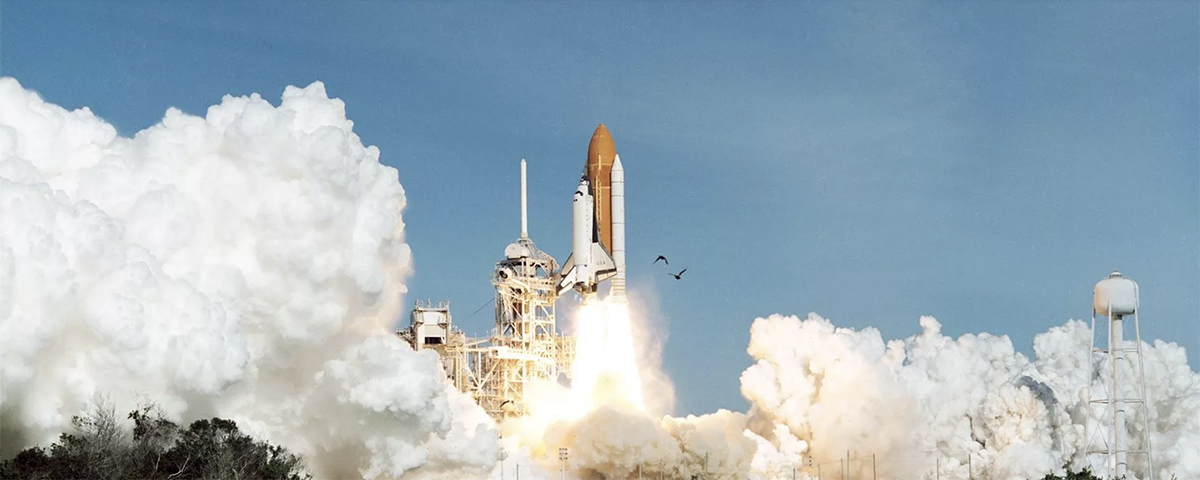Why can we see satellites at night?
We can see these satellites because they reflect sunlight, and as they generally have a relatively low orbit, between 400 and 1000 kilometers we can only see them shortly after the Sun sets (or shortly before it rises), since They continue to be illuminated and reflect sunlight, while for us the Sun is below the horizon and is relatively dark, later the satellite also enters the shadow cast by the Earth so we stop seeing them.
Contemplating the International Space Station is very interesting, since due to its size it appears quite bright in the sky.

Current projects
Astronautics is advancing rapidly and thinking about large-scale projects, such as the International Space Station, which today is a true laboratory in orbit and permanent home for astronauts.
The Hubble Space Telescope and the more recent James Webb Space Telescope are feats of engineering that today allow us to understand objects in the Solar System and deep space with a high level of detail.

Recently, the program Artemis NASA's purpose is to return to the Moon, with astronauts on board, to later think about manned missions to Mars. A challenge for our ingenuity and curiosity about space.
Review the subsections related to space exploration available on the side.


